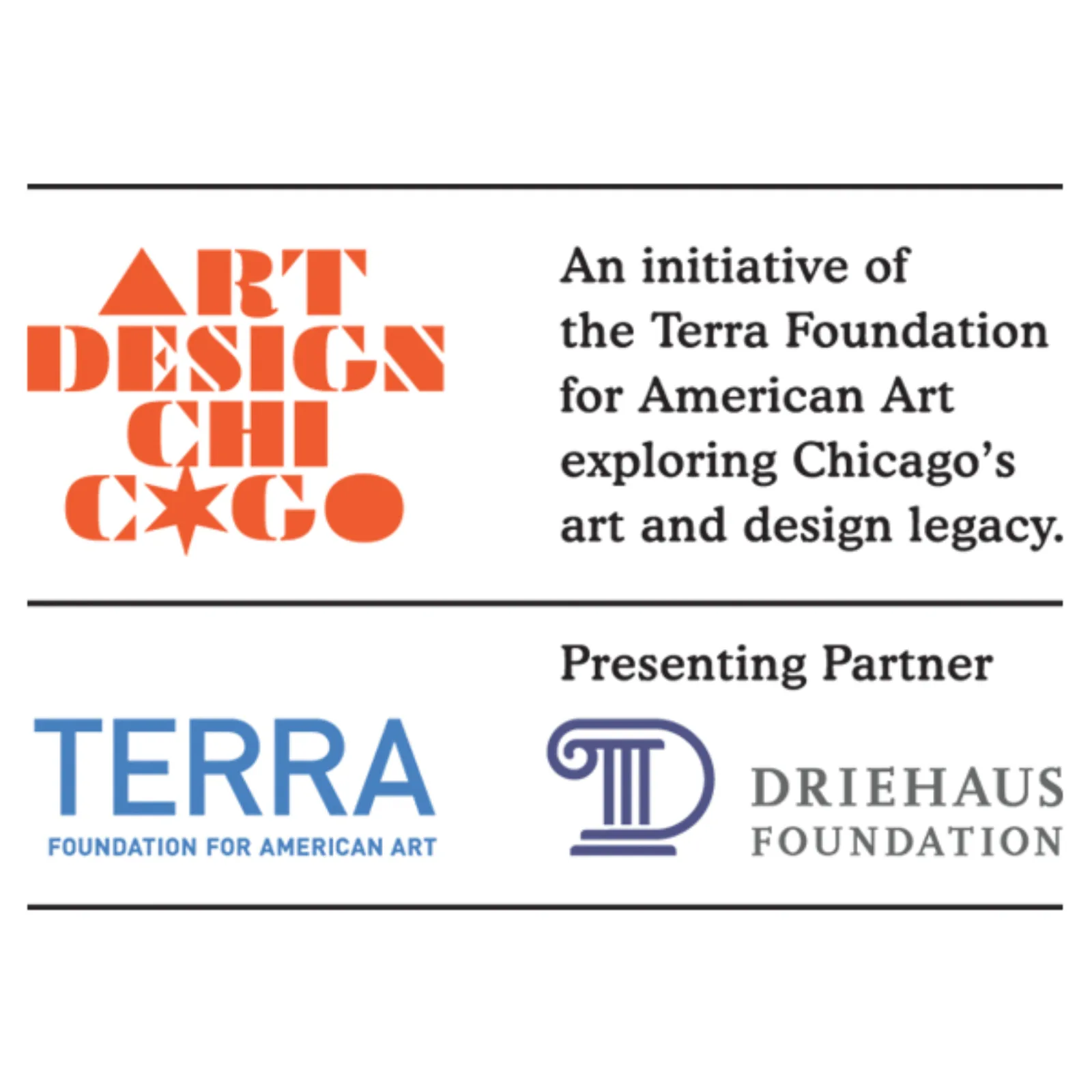John Murphy
Flesh: Ivan Albright and Antihumanism
When avant-garde French painter Jean Dubuffet visited Chicago in 1951, there was one artist he wanted to meet: Ivan Albright. By 1951, Albright had established a reputation as one of American modernism’s most inscrutable and independent artists, a “master of the macabre” best known for his painstakingly executed paintings of morbid subjects: decaying bodies, rotting doors, and funereal still lifes. “There are few pictures as alarming as those of Albright,” said Dubuffet; Albright had abolished totally “what were our canons of beauty,” and swept away “all the criteria of order.” Dubuffet, a champion of art brut (raw art), recognized in Albright a kindred spirit, an antihumanist who employed Old Master techniques in order to undermine the most cherished beliefs and values of Western civilization. Drawing on archival research and unpublished source material (including Albright’s fifty notebooks housed at the Art Institute of Chicago’s Ryerson and Burnham Libraries), I argue that Albright, who seemed to have few contemporaries as a painter, is more productively understood as an antihumanist philosopher investigating the “aesthetics of ugliness” and the flat ontologies of humans and objects. Albright’s paintings offer a disturbing parody of empiricism—his obsessively detailed transcription of the visible world (it could take him up to ten years to finish a painting) result in unmooring objects from their apparent stability and opening up fissures in the ground of reality. The “horror” of Albright’s paintings, I conclude, owes less to their ostensible ugliness or morbidity than to this profoundly unsettling sense that an unfathomable reality lurks beneath the phenomenal world.
Kelsey Malone
Enid Yandell ;and the White Rabbits: Crafting a Career in Sculpture in the White City
Enid Yandell’s sculptural career began in 1891 when she traveled to Chicago to work at the World’s Columbian Exposition as an assistant in Lorado Taft’s studio alongside five other young women sculptors. Dubbed the “White Rabbits” in the popular press, this group of women developed lasting professional relationships that continued throughout their lives. This paper traces the career path of Yandell and her fellow White Rabbits to show how women artists worked together, utilizing collaborative strategies to achieve professional success in an American art world that was rapidly changing at the turn of the twentieth century.
Respondent: Alexis Boylan, University of Connecticut
The American Art and Visual Culture Seminar is part of Art Design Chicago, an exploration of Chicago’s art and design legacy, an initiative of the Terra Foundation for American Art with presenting partner The Richard H. Driehaus Foundation.
